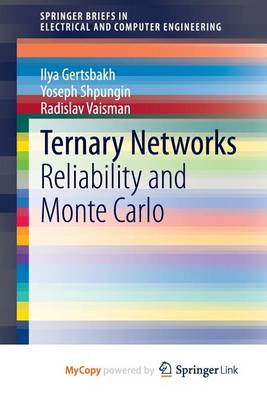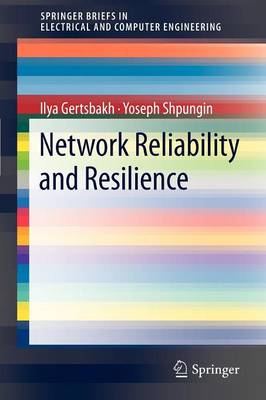SpringerBriefs in Electrical and Computer Engineering
3 total works
This introductory book equips the reader to apply the core concepts and methods of network reliability analysis to real-life problems. It explains the modeling and critical analysis of systems and probabilistic networks, and requires only a minimal background in probability theory and computer programming.
Based on the lecture notes of eight courses taught by the authors, the book is also self-contained, with no theory needed beyond the lectures. The primary focus is on essential "modus operandi," which are illustrated in numerous examples and presented separately from the more difficult theoretical material.


